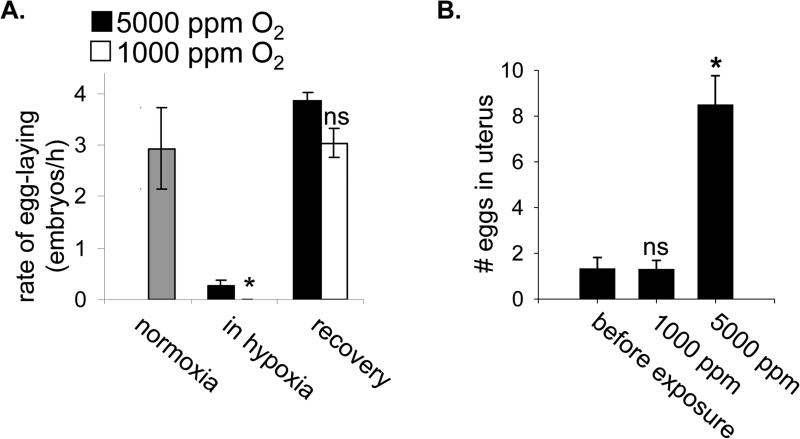Figure 2. Egg-laying and egg production suspend in hypoxia.
A. The rate at which first-day adults laid eggs was measured for 3 h in normoxia (grey bar). The population was then split into two groups, which were exposed to each indicated hypoxic condition for 24 h. No eggs were laid in 1000 ppm O2 (*, p<0.05 relative to rate in 5000 ppm O2). The rate of egg-laying was measured again for 3 h after recovery from the hypoxic exposure. There was no observed difference between the two groups at this time (ns, not significant). Data shown are mean values from one representative experiment, with 10-15 nematodes exposed to each condition. The rate of egg-laying was measured for each animal individually. Error bars are one standard deviation. B. The number of eggs in the uterus of animals was determined before and after 24 h exposure to the indicated hypoxic environment. Animals were from a synchronous population that had just begun to produce eggs and had not filled the uterus or laid any eggs. The reported value does not include eggs laid during exposure to 5000 ppm O2. n≥15 animals for each measurement, error bars are standard deviation of the mean. Statistical comparison was to population measured before exposure: *, p<0.05; ns, not significant.

